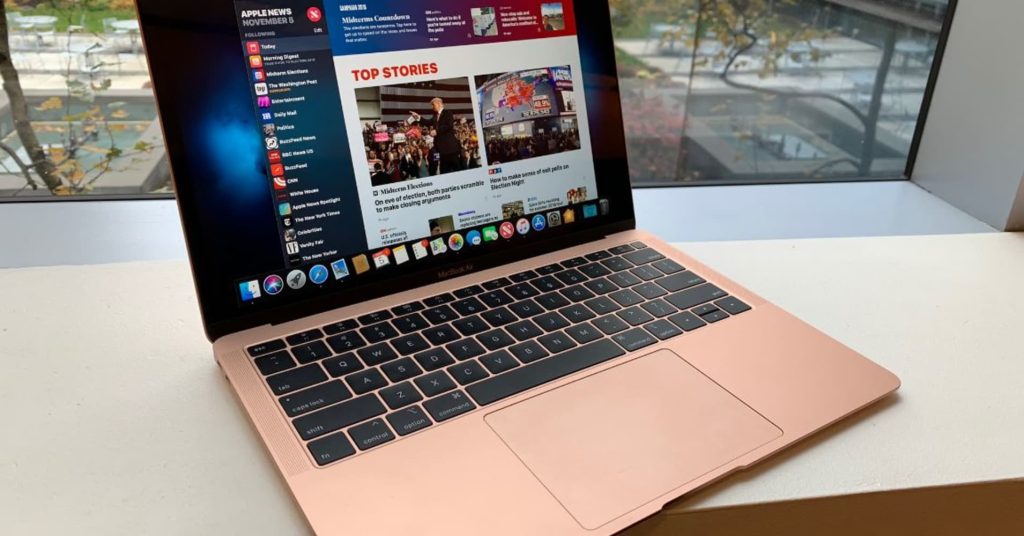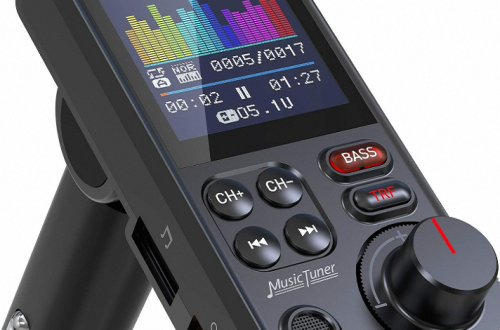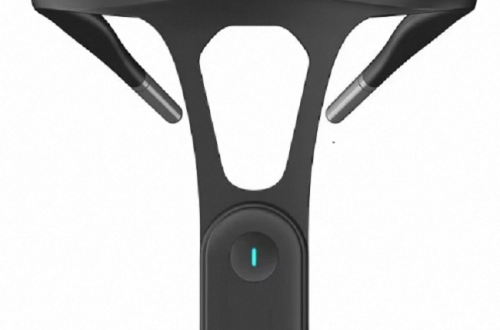Introduction
The ability to mirror your iPhone to your MacBook brings a new level of convenience and functionality to your digital experience. Whether you want to share photos, videos, or presentations, or simply enjoy a larger display for your iPhone apps, mirroring allows for seamless integration between your devices. In this article, we will explore how to mirror your iPhone to your MacBook, discussing the different methods available and the advantages of this feature.

1. Using QuickTime Player for Screen Mirroring
1.1 Launching QuickTime Player
When it comes to mirroring your iPhone screen to your MacBook, QuickTime Player is a reliable and built-in option. Accessing QuickTime Player is straightforward – either navigate to the Applications folder and open it from there, or use the Spotlight search feature by pressing Command + Space and typing “QuickTime Player.”
Once QuickTime Player is open, you can initiate the screen mirroring process. Connect your iPhone to your MacBook using a Lightning cable, and then click on “File” in the QuickTime Player menu bar. From the dropdown menu that appears, select “New Movie Recording.”
In the QuickTime Player window that opens, you will see a small arrow next to the red record button. Click on the arrow, and choose your iPhone as the input source for both the camera and microphone sections. This ensures that QuickTime Player captures both the visual and audio output from your iPhone.
With everything set up, simply click on the red record button to initiate the screen mirroring. QuickTime Player will mirror your iPhone screen on your MacBook, allowing you to view and interact with your iPhone directly on the larger display.
1.2 Connecting Your iPhone
Connect your iPhone to your MacBook using a Lightning cable. Once connected, open QuickTime Player and click on “File” in the menu bar. From the dropdown menu, select “New Movie Recording.”

1.3 Choosing Your iPhone as the Input Source
In the QuickTime Player window that appears, click on the arrow next to the red record button. From the dropdown menu, choose your iPhone as the input source by selecting it under the “Camera” and “Microphone” sections.
1.4 Initiating Screen Mirroring
To start mirroring, click on the red record button. QuickTime Player will mirror your iPhone screen on your MacBook, allowing you to view and interact with your iPhone directly on the larger display.
2. Using Third-Party Software: Reflector
2.1 Installing Reflector
An alternative approach to mirroring your iPhone to your MacBook is by using third-party software like Reflector. Begin by downloading and installing Reflector from the Squirrels website or the Mac App Store.
2.2 Launching Reflector and Connecting Your iPhone
Once Reflector is installed, launch the application on your MacBook. Ensure that both your MacBook and iPhone are connected to the same Wi-Fi network. Open the Control Center on your iPhone, tap on “Screen Mirroring,” and select your MacBook from the list of available devices.

2.3 Initiating Screen Mirroring and Customizing Settings
After selecting your MacBook in the Screen Mirroring menu, Reflector will begin mirroring your iPhone screen. You can customize various settings within Reflector, such as adjusting the screen resolution, enabling device frames, and choosing between landscape or portrait orientation.
2.4 Enjoying iPhone Screen Mirroring on Your MacBook
With Reflector, you can now view and interact with your iPhone screen on your MacBook. Use this feature to share content, play games, or make presentations, all with the convenience of a larger display and the flexibility of a MacBook.
3. Mirroring Your iPhone with AirPlay
3.1 Enabling AirPlay on Your MacBook
AirPlay, a built-in feature on macOS, allows you to wirelessly mirror your iPhone screen to your MacBook. Start by ensuring that both your MacBook and iPhone are connected to the same Wi-Fi network. On your MacBook, click on the AirPlay icon located in the menu bar at the top of the screen.
3.2 Selecting Your MacBook as the AirPlay Destination
From the AirPlay dropdown menu, select your MacBook as the AirPlay destination. You may need to enter an AirPlay passcode displayed on your MacBook or iPhone for authentication.

3.3 Initiating Screen Mirroring
With AirPlay enabled and your MacBook selected as the destination, your iPhone screen will begin mirroring on your MacBook. You can now enjoy using your iPhone apps and features on the larger screen of your MacBook.
3.4 Interacting with Your Mirrored iPhone Screen
While mirroring your iPhone screen with AirPlay, you can interact with your iPhone directly on your MacBook. Use the trackpad or mouse to navigate, click, and swipe as you would on your iPhone. AirPlay offers a seamless and wireless way to mirror your iPhone screen for various purposes.
4. Mirroring Your iPhone with Third-Party Apps
4.1 Exploring Third-Party Mirroring Apps
Apart from QuickTime Player, Reflector, and AirPlay, there are several other third-party apps available that offer iPhone screen mirroring capabilities. Apps like Mirroring360, ApowerMirror, and LonelyScreen provide additional options for mirroring your iPhone screen to your MacBook.
4.2 Installing and Setting Up the Chosen App
Select the third-party mirroring app of your choice and download it onto your MacBook. Follow the installation instructions provided by the app. Once installed, launch the app and connect your iPhone and MacBook to the same Wi-Fi network.

4.3 Initiating Screen Mirroring
With the third-party mirroring app setup complete, follow the app’s instructions to initiate screen mirroring. This typically involves selecting your MacBook as the receiver and enabling screen mirroring on your iPhone through the app’s interface.
4.4 Enjoying iPhone Screen Mirroring with Third-Party Apps
Once the mirroring process is established, you can enjoy utilizing your iPhone on the larger screen of your MacBook. These third-party apps often offer additional features, such as screen recording, annotation tools, and customizable settings, enhancing your mirroring experience.
Conclusion
Mirroring your iPhone to your MacBook opens up a world of possibilities, allowing for seamless integration and enhanced functionality. Whether you choose to use QuickTime Player, third-party software like Reflector, AirPlay, or other mirroring apps, the ability to view and interact with your iPhone screen on your MacBook provides convenience, flexibility, and a more immersive experience.
By mirroring your iPhone, you can easily share content, present slideshows, play games, or simply enjoy a larger display for your favorite apps. Explore the different methods described in this article, find the one that suits your needs best, and unlock the potential of seamless integration between your iPhone and MacBook.


